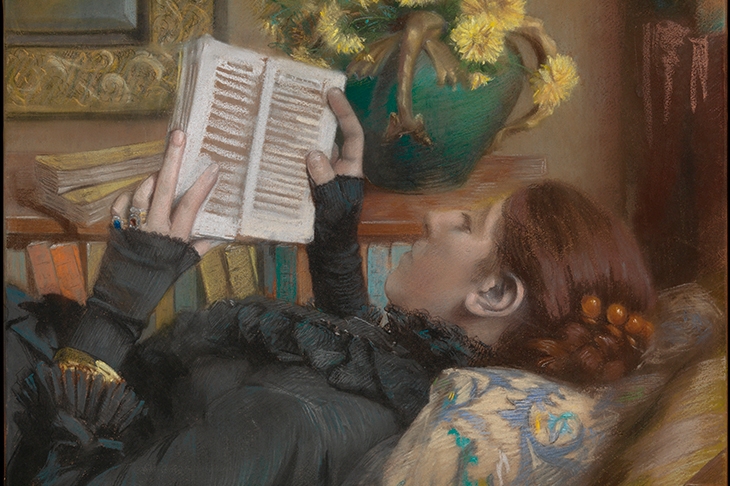The 20th-century painter Balthus once suggested that the author of a book about him began with the words: ‘Balthus is an artist about whom we know nothing; now let’s look at his works.’Actually, there are many important figures about whom we know nothing, or at least very little. Giovanni Bellini is a case in point. Information we don’t have about him includes when he was born, and even whether he was the younger sibling of Gentile Bellini — as is usually assumed — or in fact his uncle.
The discovery a while ago of a Latin poem suggesting that in old age this artist of tranquilly thoughtful saints and Madonnas was in the habit of sleeping with a handsome young man has only complicated matters, though it does enliven his image. Consequently, a book such as Giovanni Bellini: The Art of Contemplation by Johannes Graves (Prestel, £95), contains a great deal of conjecture (and a considerable amount of cold water discreetly poured over other people’s theories). It can be warmly recommended, however, for the quality of its reproductions.
The converse is the case with Vincent van Gogh. We have an abundance of evidence about his life and work, much of it contained in his numerous letters. Consequently, there is an assumption that everything that can be found out, has been. But Martin Bailey, an indefatigable truffle-hound of Vangoghiana, has once more proved that supposition wrong with his latest book Starry Night: Van Gogh at the Asylum (White Lion Publishing, £25).
This deals with the year, from mid 1889 to May 1890, that the great painter spent in an asylum outside St-Rémy-de-Provence. Bailey has unearthed the admissions register for the hospital, revealing that the other patients were more disturbed — and disturbing — than Van Gogh disclosed to his brother.








Comments
Join the debate for just £1 a month
Be part of the conversation with other Spectator readers by getting your first three months for £3.
UNLOCK ACCESS Just £1 a monthAlready a subscriber? Log in